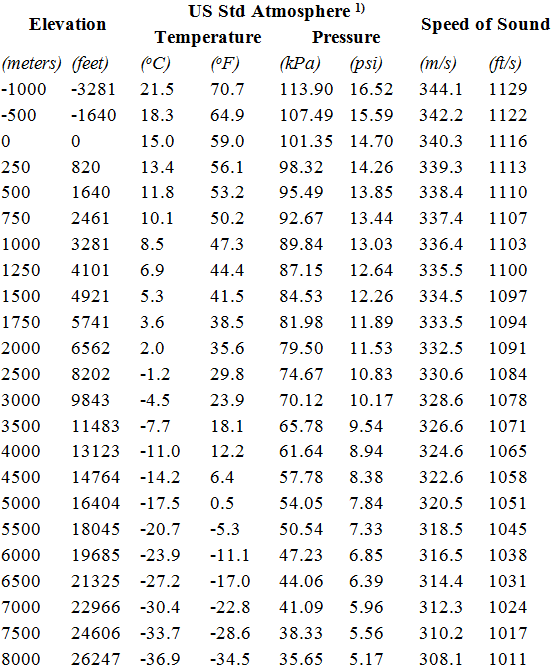Brass Fetcher Ballistic Testing: 300 Blackout
The 300 AAC Blackout is a representation of modern thinking regarding the role of the assault rifle in the post-Cold War military environment. This environment is punctuated by rapidly changing missions and the accompanying equipment that facilitates the completion of those missions. Naturally, the most commonly-used intermediate cartridge by NATO and affiliated forces is the 5.56x45mm NATO. Warsaw Pact forces issue the 5.45x39mm rifles in great number and the ballistics of these weapons are similar to the 5.56x45mm rifles. Neither cartridge lends itself well to use with sound suppressors since both cartridges travel in the range of 3000 ft/sec—3 times the speed of sound.
When a bullet exits the muzzle at supersonic speeds, the air column in front of the bullet is compressed and an audible shockwave is created. This effect is similar in volume to a 22 LR rifle firing subsonic ammunition. It is loud—perhaps too loud if you are trying to conceal a gunshot and occurs regardless of whether a sound suppressor is used or not. As such, the best 5.56x45mm and 5.45x39mm suppressors will reduce the distance from which the firearm can be heard and will confuse the ‘observer’ as to the direction of the shots origination. Sound suppressors are still recommended for these calibers but since the bullets are normally supersonic, the sound suppression will not work nearly as efficiently as possible.

The practical maximum kinetic energy producible by a 223 Remington or 300 Blackout subsonic cartridge is 538 ft-lbf (where the regular supersonic loads achieve 1200-1400 ft-lbf.) This is a function of a few factors—primary in importance is the fact that the speed of sound in air (at sea level) is 1116 ft/sec.
It is important to note that the maximum velocity of a subsonic bullet at sea level is 1116 ft/sec and 1078 ft/sec at 10,000 feet altitude. The higher the altitude, the slower the bullet must move in order to stay subsonic. In order to hit the target (and not destroy the baffles in the sound suppressor) the bullet must be stabilized at 1050 ft/sec. This requires a fast twist rate in your barrel as the bullet will be excessively long. The long bullet sits deeper than normal in the cartridge and this reduces the chemical potential energy because the propellant charge must be reduced.
A positive note about the 300 AAC Blackout is that it produces a 10% greater kinetic energy than the 223 Remington and since it is a 30-caliber cartridge, you have the ability to utilize the lightweight 30-caliber rifle bullets that are common to the 308 Winchester.